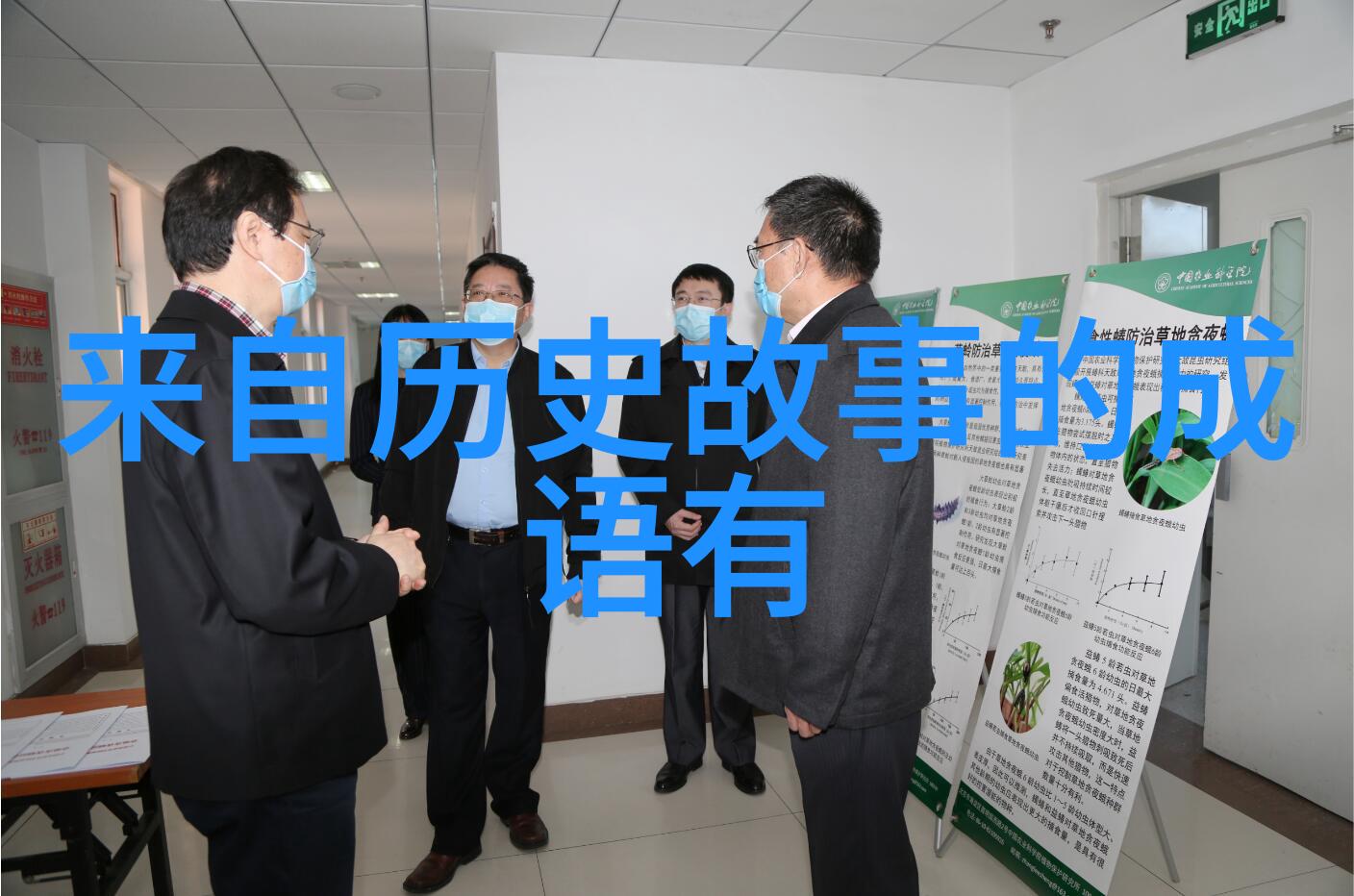龙脉之辉:清朝皇帝序列

在中国历史的长河中,清朝是最后一个由汉族和满族联合统治的王朝。它的兴起与结束都伴随着一系列复杂而又精彩纷呈的人物。其中最显著的是那些掌握了帝国命运的大人物——清朝皇帝。在这篇文章中,我们将探索这些皇帝的顺序及其背后的故事。
开端之光

建立大业
努尔哈赤,在明末建立后金,是这一段历史中的关键人物。他不仅是一个军事天才,也是一位有远见卓识的政治家。他的儿子皇太极更是继承了父亲的一切,并且在他手下,将后金逐渐强化,成为能够与明朝抗衡的大国。

继承者登基
皇太极去世后,他留下的遗产被他的孙子福临继承。然而,福临并没有展现出足够的能力来维持国家稳定,最终被自己的侄子多尔衍吉斯(即顺治帝)推翻。

鼎盛时期
3. 顺治之政

顺治帝上台初期面临着内部矛盾以及外部压力,但他凭借其坚定的意志和高超的手腕,使得清廷重新获得了动力。他实施了一系列改革,如中央集权、官僚体系等,这些措施为清朝提供了稳固基础。
康熙之智慧
康熙帝继任,他以宽容、仁爱著称,并且拥有极高的情商。他不仅解决了国内外的问题,还进行了一系列文化和科学上的创新,如修建圆明园、编撰《四库全书》等活动,为中国乃至世界文学艺术贡献巨大。
雍正之变革
雍正帝虽然相对前两位来说较为冷酷无情,但他也做出了许多重要决定,比如整顿腐败问题和加强中央集权。这一时期对于巩固清室具有重要意义,是对康熙时代政策的一次深刻总结。
乾隆之盛世
乾隆年间,被誉为“百年盛世”,期间经济繁荣、文化昌盛。这也是中国历史上所谓“人杰地灵”的典型代表之一。但同时,由于缺乏有效管理及过度扩张导致边疆问题日益严重,最终引发反叛浪潮,不断削弱国家实力。
衰落与变革
7. 嘉庆之改革
嘉庆年间开始了一系列改革,以减轻人民负担、抑制地方势力的崛起为目的。此举虽未能挽回局势,但显示出嘉庆晚年的政治理性与决断精神,对于维护社会秩序有积极作用。
道光之守旧
道光年间,因为内忧外患,加上保守态度使得国家形同虚设。此时,曾经不可一世的地主阶级正在迅速崩溃,而新兴资产阶级却尚未真正站起来,因此社会矛盾日益激化,对未来构成了隐憂。
咸丰到同治:混乱岁月
咸丰及同治二代君主,一直处于战乱或内忧中,他们试图通过改革恢复国力但效果有限。而他们所面临的问题已经超越单纯的人事斗争,更涉及到整个制度结构的问题,这是当时无法应付的一个难题。
10.Xianfeng to Tongzhi: Turbulent Years
Xianfeng and Tongzhi, the two emperors of this period, were constantly plagued by war and internal strife as they tried to reform their nation but with little success.
11.Guangxu:The Last Emperor
Guangxu was the last emperor of the Qing dynasty, his reign marked by a series of failed reforms and foreign invasions that led to the eventual fall of the empire.
12.Puyi: The Last Manchu Emperor
Puyi was known as Xuantong during his reign as emperor in 1908-1912 before being forced into abdication at age six; he later reigned briefly in 1917 as Henry Puyi (as Xuantong), then again from 1924-1945 under Japanese occupation; after Japan's defeat in World War II, he lived out his life under house arrest until his death in 1967.
In conclusion, each Qing emperor brought unique qualities and challenges to their rule which shaped China's destiny for centuries to come.
Through wars with neighboring states like Mongolia or Russia,
through cultural exchange such as artistry from France,
the Qing dynasty is remembered for its resilience against adversity.
However it ultimately succumbed due to internal power struggles coupled with external pressures on its borders.
The legacy remains an intriguing chapter within Chinese history where one can observe both brilliance & darkness intertwined throughout time.
This article has been written about all ten emperors who ruled during the Qing Dynasty from Nurhaci (founder) up until Puyi (last ruler).
Each individual had distinct characteristics that affected how they handled political matters while also leaving lasting marks upon society through various means including arts & culture.
Despite some remarkable achievements during this era there were still numerous challenges faced internally & externally leading towards decline and eventual downfall of this once powerful kingdom called China under Qing rule now known more commonly today simply referred to "Qing".




